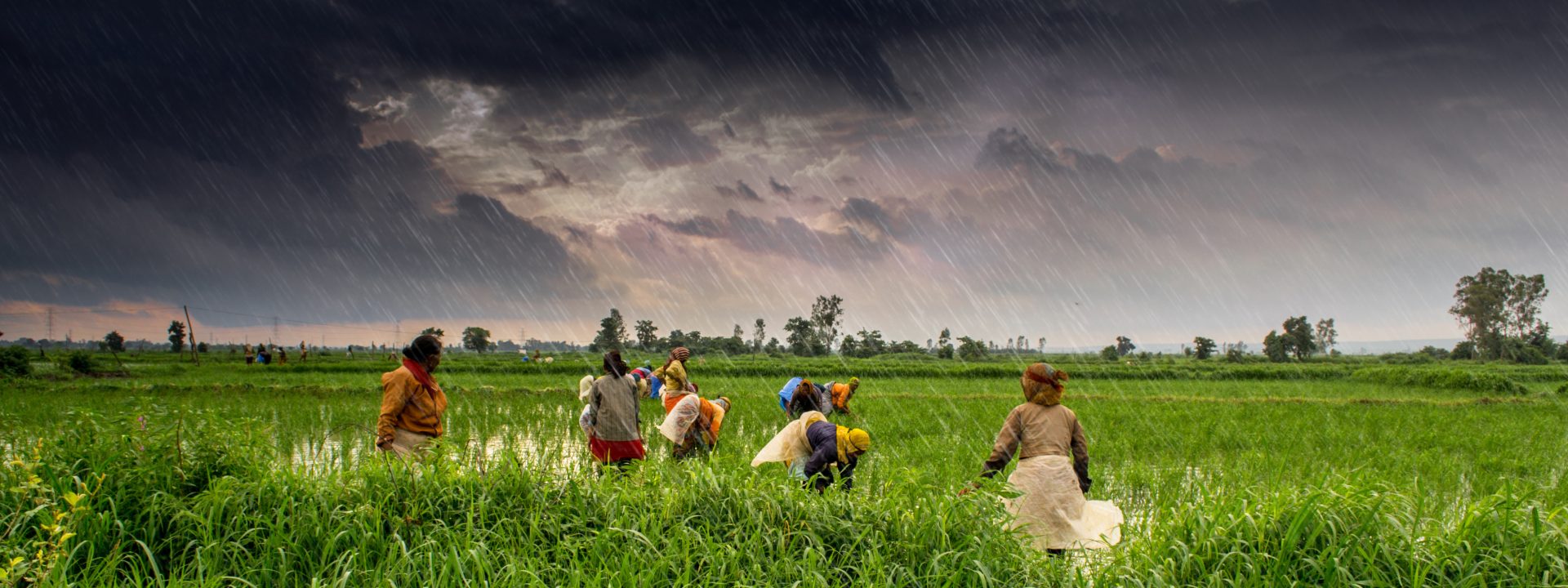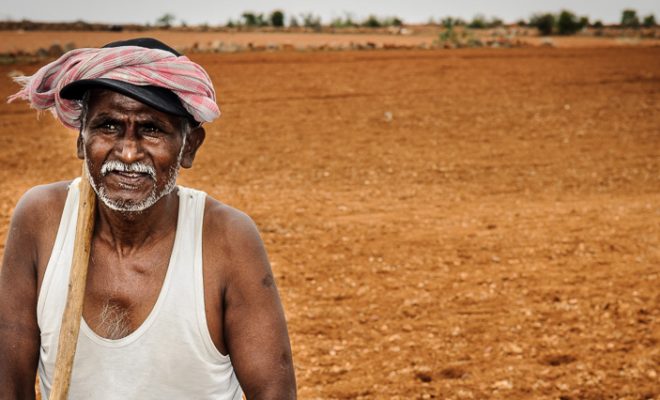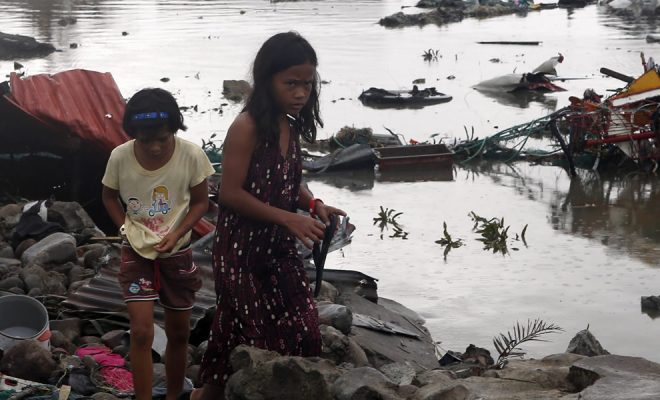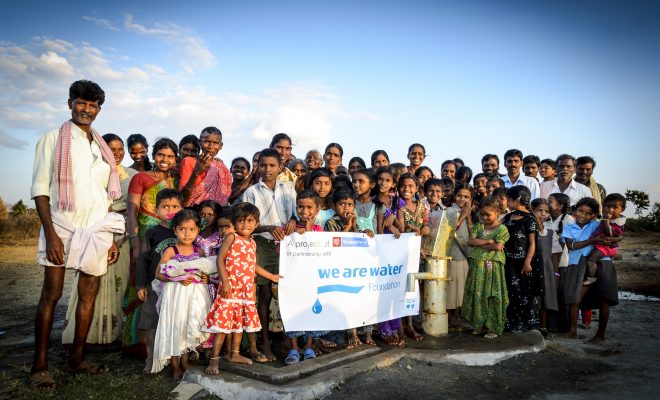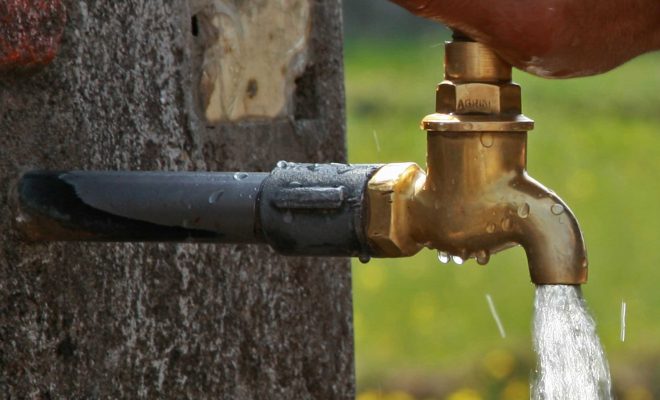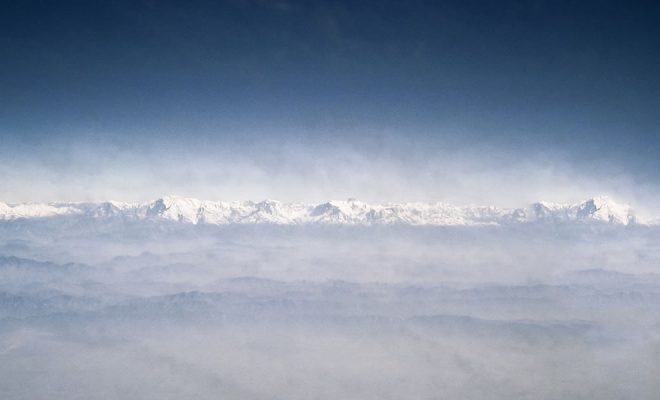In India, not only farmers look up to the sky waiting for the monsoon; so do politicians, firefighters, policemen, teachers and the inhabitants of rapidly growing cities. Summer rains bring life to India, but they are also its main source of problems; if they come too late or are irregular, farmers see their subsistence endangered and the economy suffers; if they are excessive, floods cause havoc.
Just before the monsoon, India frequently experiences devastating heat waves, such as the one this past June, which has depleted many aquifers and Himalayan ice. India might be the country where it is more obvious that life depends on the water cycle; the climate crisis we are experiencing may upset the balance.
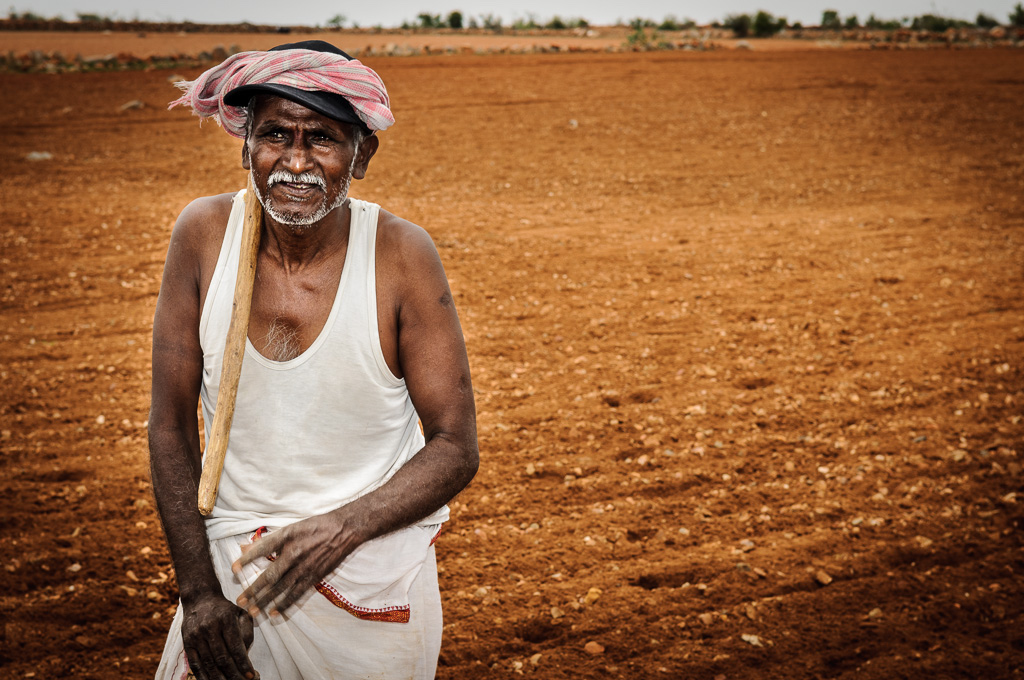
© Carlos Garriga/We Are Water Foundation
More than 50ºC in the shade
This year India has experienced another severe heat wave, just before the start of the monsoon. The Government issued an alert in several areas of the country; in the capital, New Delhi, temperatures rose above 46 degrees Celsius and in the northeast region of the country, in the Rajasthan desert, the thermometer reached 50.6 ºC in the city of Churu, only four tenths below the historic record in India (51 ºC in May 2016). Meanwhile, in the state of Himachal Pradesh, a mountainous area known for its mild summers, temperatures reached 44.9 ºC.
This heat wave has caused severe problems in many of the most populated cities in the country, which have seen their water reserves shrink and their population grow in recent years. In Chennai, the sixth largest city in India and capital of the state of Tamil Nadu, eleven million people are running out of water and most of the population depends on the supply of cistern trucks. The four reservoirs that usually provide a water supply for the population and most of the aquifers in the area were practically dry in June.
Reports by NITI Aayog (National Institution for Transforming India), the government platform created to foster federal cooperation, knowledge, innovation and business support, are worrying: one hundred million Indians, among them the inhabitants of the cities of Delhi, Bangalore and Hyderabad, will soon experience a similar situation to those in Chennai and will live in an area with no ground water reserves.
Collecting monsoon water
The monsoon has been historically irregular and unpredictable. So far, advances in meteorology have not prevented its arrival and intensity from being a permanent surprise. According to the forecasts of the Intergovernmental Panel on Climate Change (IPCC), monsoon rains will become more irregular and violent, phenomena that are less favorable for the recharge of aquifers and to avoid the disastrous and increasingly frequent floods.
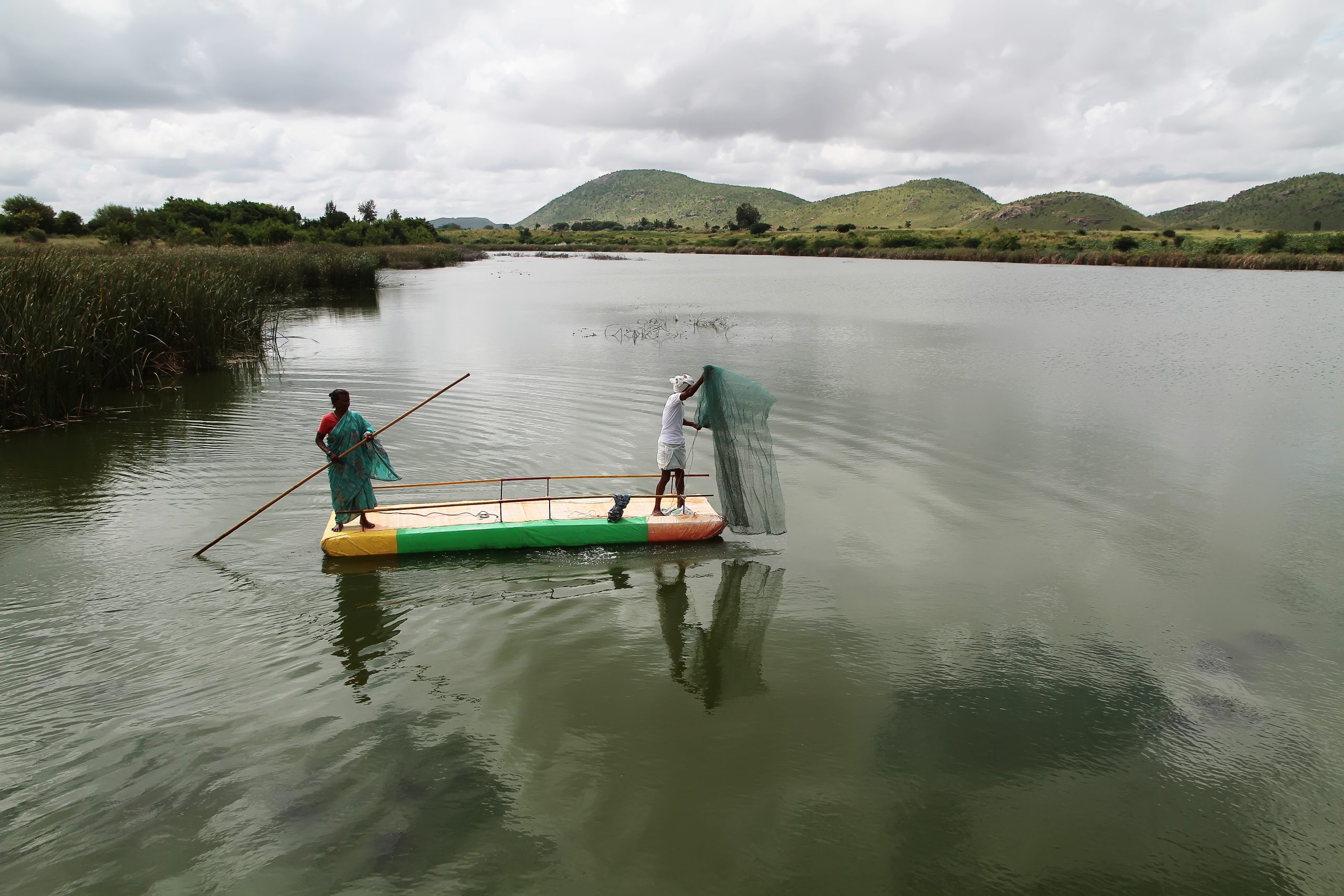
© Javier Biscayar/FVF
Both the central government and those of the federal states more affected by climate have developed plans to collect rainwater. Traditionally, and especially in the most arid regions, such as in Rajasthan, Indians systematically collected rainwater in small reservoirs, and it is vital to return to this practice that goes back to 1,500 BC. They were simple dams built with earth and stones that had a triple function: collecting water and storing it for the dry season, regenerating the aquifers and reducing the force of runoff in the periods of more intense rain. These structures, very few of which remain, are very similar to the ones built by the We Are Water Foundation in partnership with the Vicente Ferrer Foundation in locations such as Ganjikunta, Girigetla, Settipalli and D.K.Thanda4.
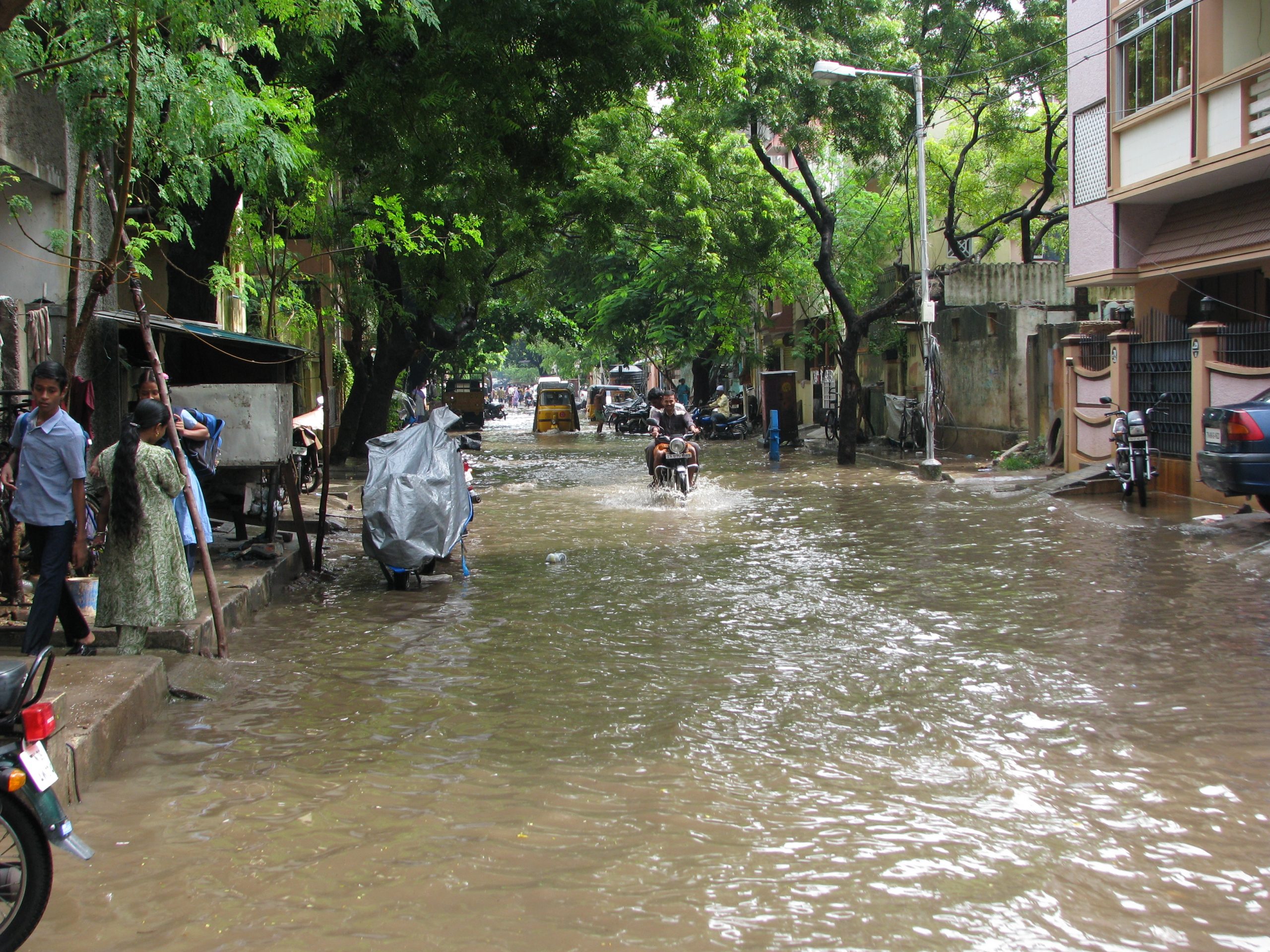
© McKay Savage
Catastrophic floods expand to cities
Every summer, torrential rains in Southeast Asia have catastrophic consequences. The one in 2017 was the most lethal in recent years, with over 1,200 casualties and thousands of farmers displaced from their fields in India, Nepal and Bangladesh. In 2018, the Indian state of Kerala, in the south, experienced its worst flooding in almost one century: 200 deaths and extensive material damages in agriculture and urban infrastructure, with over 220,000 evacuees in emergency camps.
This year’s season is not promising. India is the most affected country: in the northeastern state of Bihar alone, 102 people have died, while in the neighboring Assam over 60 people have lost their lives in June and July. In Bangladeash, at least 47 people have died and 700,000 have been displaced. In Nepal, around 80 people have died, while around 120 have disappeared, and therefore it is feared that the death toll might be higher.
Large Indian cities are also regularly hit by floods. The ones in Mumbai, in 2005, made world headlines due to over one thousand deaths and revealed the poor urban planning involved in the growth of many Indian megalopolises, which are experiencing a gradual increase in flooding. This great city, the more densely populated in the country, with over 20 million inhabitants, has grown by deforesting its surroundings and without a sanitation and water pumping system capable of absorbing the floods.
The 2017 monsoon paralyzed the city once again. Dharavi, the poorest neighborhood in the city, which rose to fame thanks to the film Slumdog Millionaire, which won eight Oscar awards in 2008, bore the brunt. With over one million inhabitants, Dharavi is one of the largest slums in Asia. Most of the shacks are built on floodplains and coastal areas (Mumbai has mainly grown by gaining land from the sea). When floods reached its peak, the accumulation of waste blocked the already deficient drainage systems and overflowed the precarious sanitation systems spilling wastewater around the neighborhood, worsening its already precarious sanitary situation.
The forecast of increased episodes of torrential monsoon rains jeopardizes the efforts made by the Indian government to improve the infrastructures and life conditions in the most disadvantaged urban neighborhoods. The situation also presents a worrying vicious circle: irregular rainfall impoverishes small farmers, who tend to migrate to cities, generating more hydric and sanitation stress.
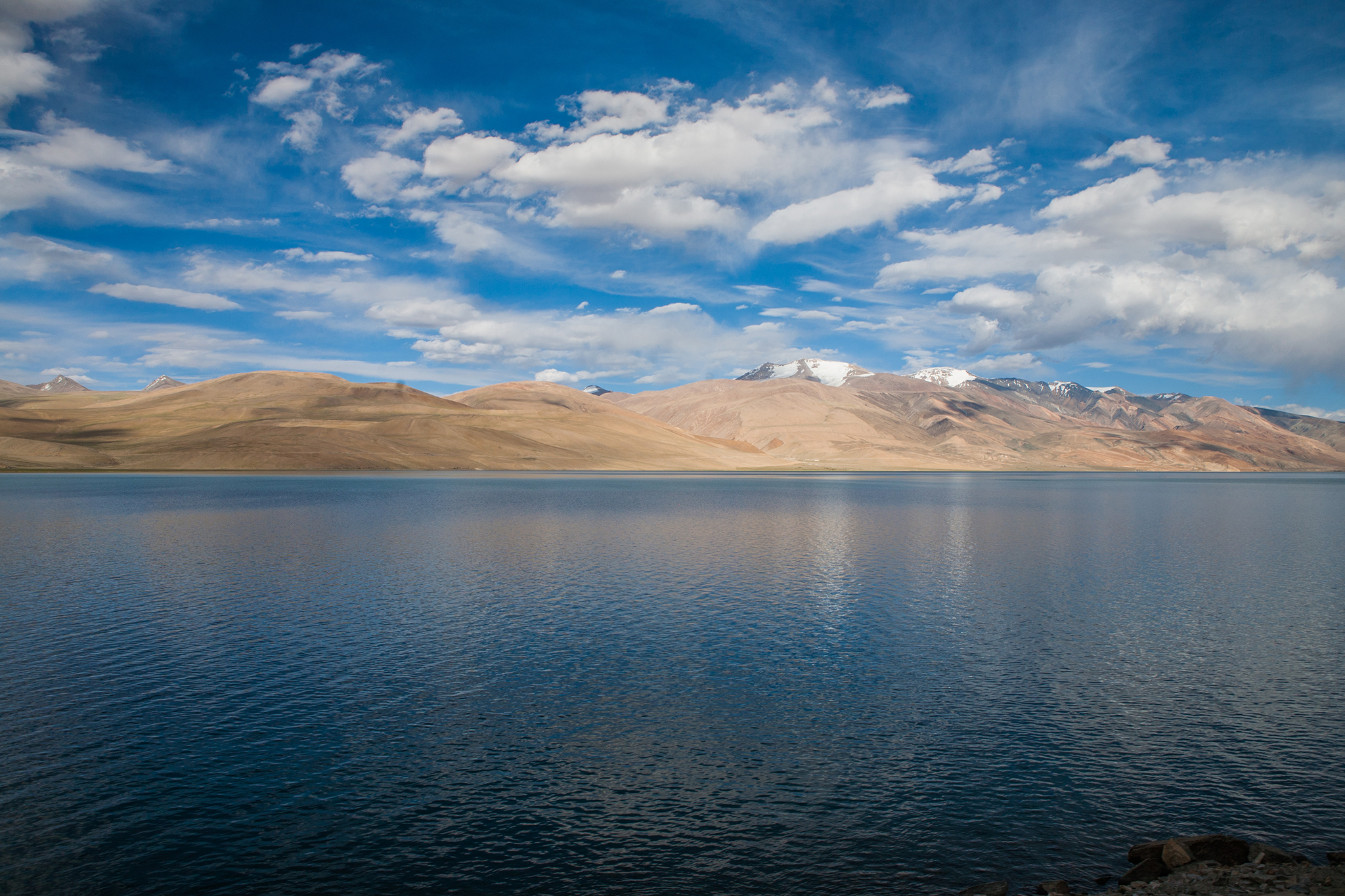
© sandeepachetan.com travel photography
India is extremely sensible to the climate crisis that has already been unleashed. The uncertainty of the rainfall and the increase in temperature are diminishing the snow and ice reserves in the Himalayas and overexploitation and deforestation are depleting aquifers. These are great humanitarian and economic challenges India has to face to ensure water security and sanitation for its 1.33 billion inhabitants, which will probably be 1.4 by 2022, and with 19% of the world’s population, will make it the most populated country on Earth by 2050.
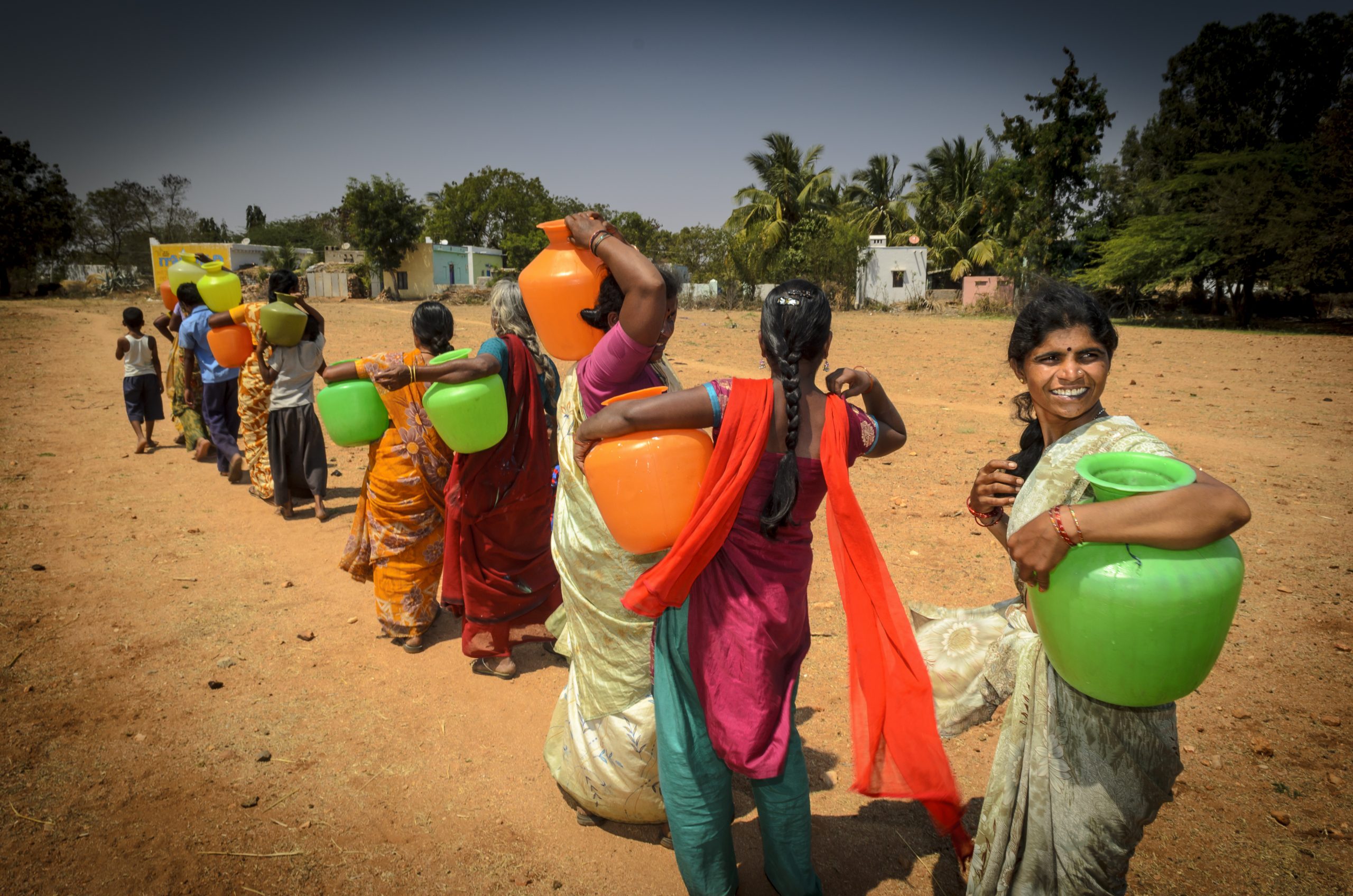
© Carlos Garriga/ We Are Water Foundation


